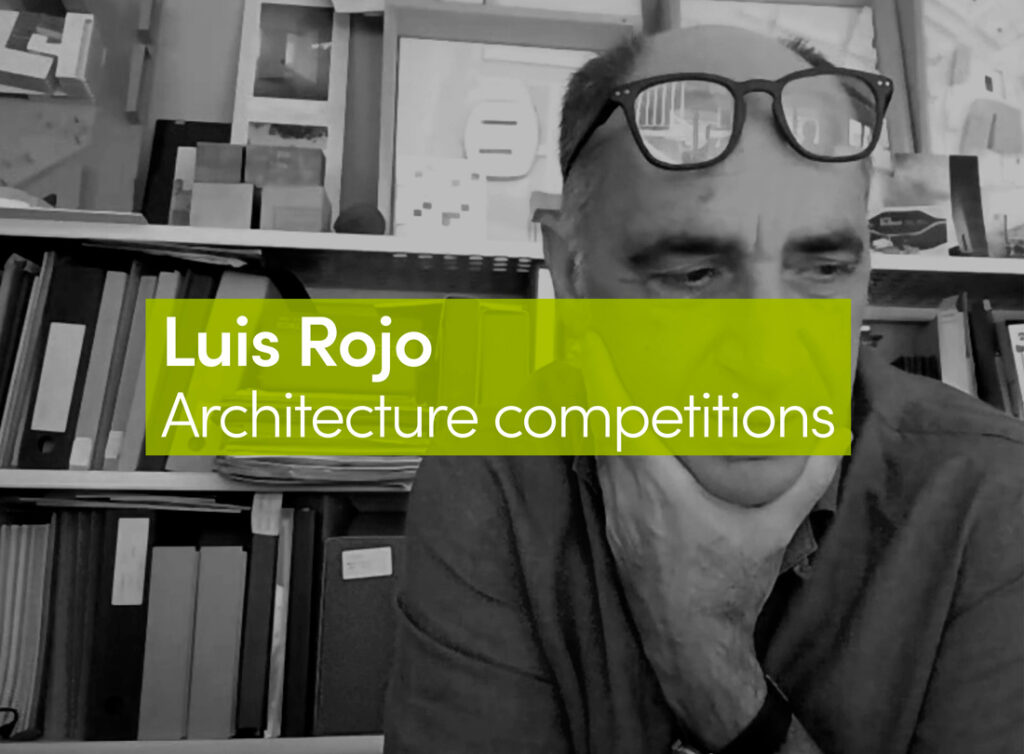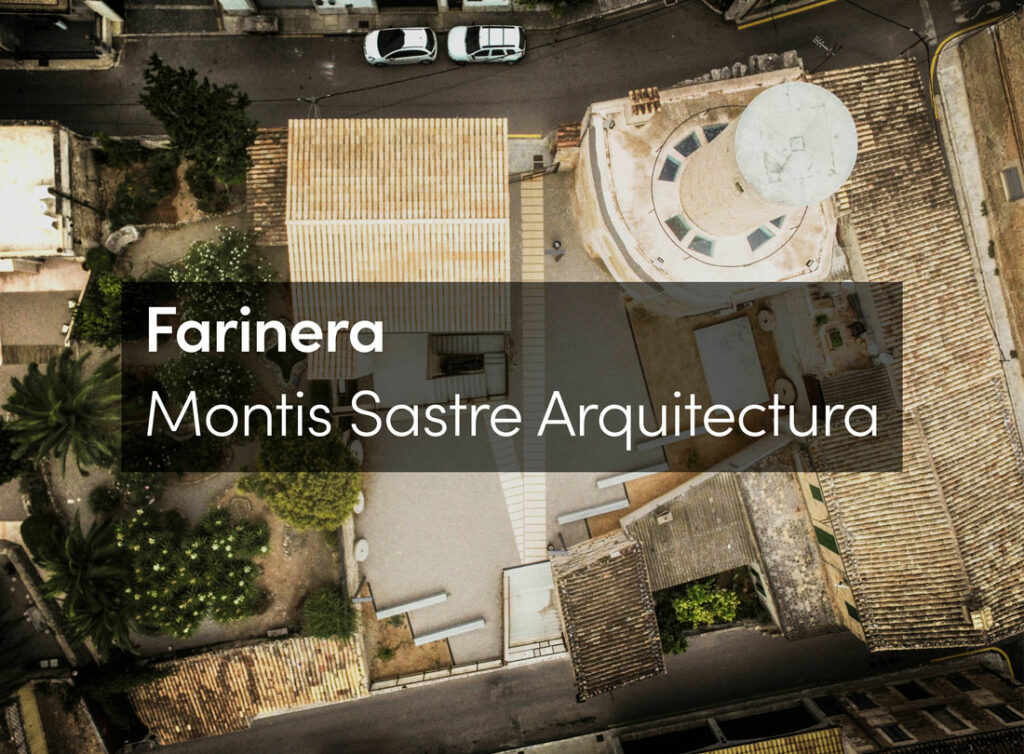London made good splash at the inaugural Seoul Biennale of Architecture and Urbanism which opened at the beginning of September in Zaha Hadid’s DPP Cultural Centre. Taking one of the Biennale’s themes of ‘The Productive City’ the London installation showed a film curated by We Made That and director Alice Masters which explored the complex thread of suppliers, from costumiers to scenery makers, that are needed to deliver a production in the Barbican arts centre. The film featured interviews with the artisans, creatives, manufacturers and suppliers, who contribute to London’s role as a productive city.
Seoul’s productivity is evident right in the heart of the city. The Royal College of Art created an installation in the rag trade district of Changsingdong, only a block away from Hadid’s iconic centrepiece. The narrow streets were lined with small workshops open to the street, sewing machines humming away producing crafted and mass produced clothing. The RCA’s Project Seoul Apparel, curated by Stephanie Seungmin Kim and Isak Chung, put forward a series of propositions to improve the quality of workspace and the processes of production. Other districts of the city specialise in different trades. Even on a weekend, the printing district was a hive of activity with classic Heidelberg presses, as well as the latest digital printers, rhythmically pounding away.
“Since 2001, 1,305 hectares of land have been lost to non-industrial uses in spite of the fact that over the same period, making and manufacturing is flourishing, reflecting a wide range of sectors from beer to bicycles, fashion to furniture.”
I gave a talk in Seoul based on the NLA’s WRK-LDN research that looked at the problems of London’s rapidly disappearing manufacturing base and at protecting industrial land, which has been disappearing at an alarming rate under pressure from high residential values. Since 2001, 1,305 hectares of land have been lost to non-industrial uses in spite of the fact that over the same period, making and manufacturing is flourishing, reflecting a wide range of sectors from beer to bicycles, fashion to furniture. I told the story of Mark Brearley, ex-GLA planner and lecturer at the London Met School of Architecture who took over an aluminium tray and trolley manufacturing business in the Old Kent Road – slap bang in the middle of the new Opportunity Area and thus a target for housing developers. As a result Mark has been energetically championing the maker cause, with some success.
My talk was illustrated with images of beer brewers, bread bakers, cheese makers, stone carvers as well as that star of inner city manufacturing – the Brompton folding bicycle. New projects included the Meridian Works in Enfield where a redundant factory is being converted into artists’ and maker spaces as part of the mixed use development of the area and Here East where the old media centre for the Olympics at Stratford has been turned into a multi occupied space for digital technologies, education and shared working.
“Industrial co-location already exists in other countries and it’s a logical step for London’s sustainable growth and development.”
As we see the sector growing, will the revised London Plan, due to be published in draft this autumn, reflect the pressures created by the expanding population and the price of residential land? Will it include the re-provision of floorspace when sites are redeveloped? Will it address issues of industrial intensification and the co-location of light industry with other uses? Integrating newer, cleaner, quieter industry with other forms of development, can create a city with a healthy mix of varying functions. Industrial co-location already exists in other countries and it’s a logical step for London’s sustainable growth and development.
After its run in Seoul, London Made will return for a special screening at the Barbican. The programme was delivered by the Mayor of London, British Council, New London Architecture and SEGRO. Curator: We Made That














